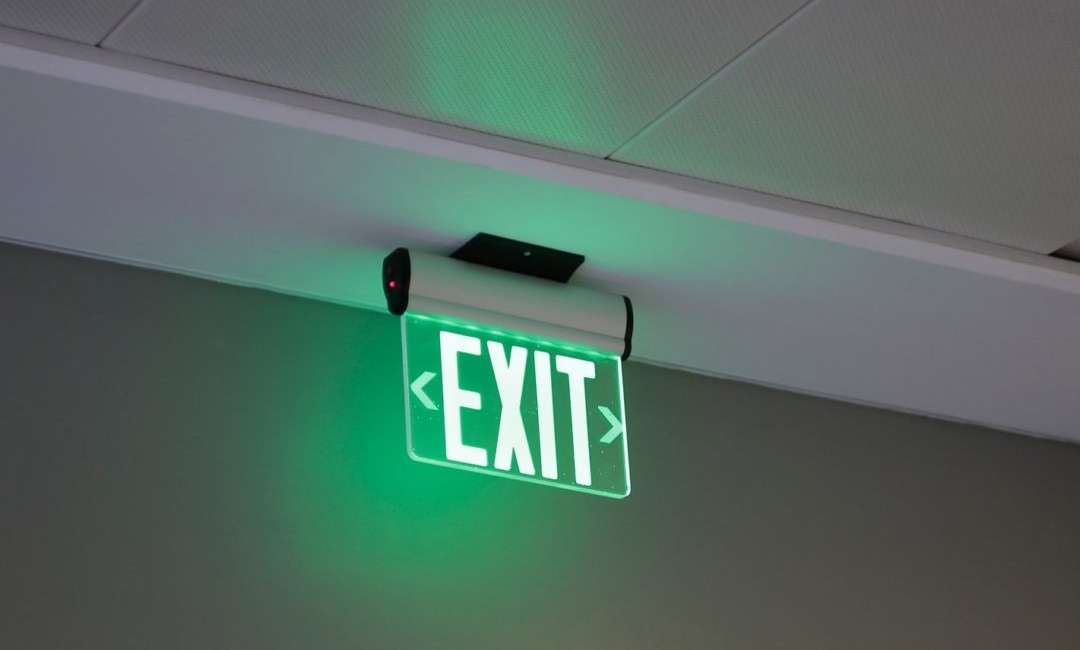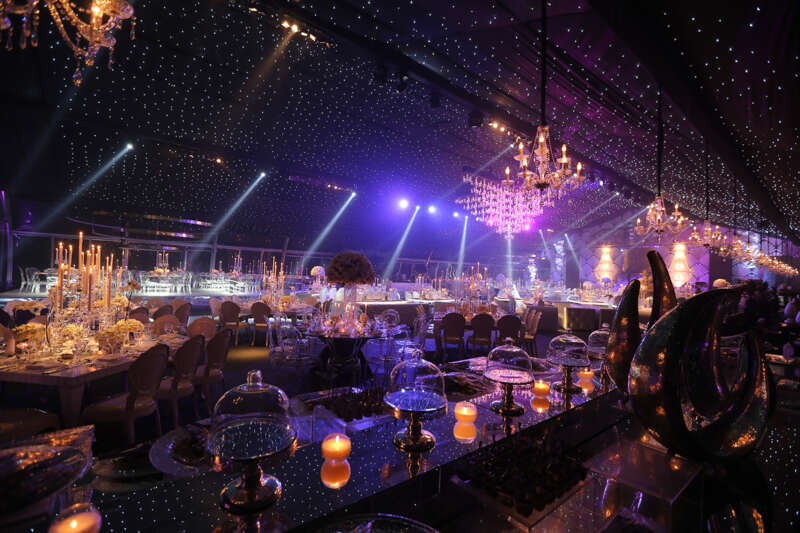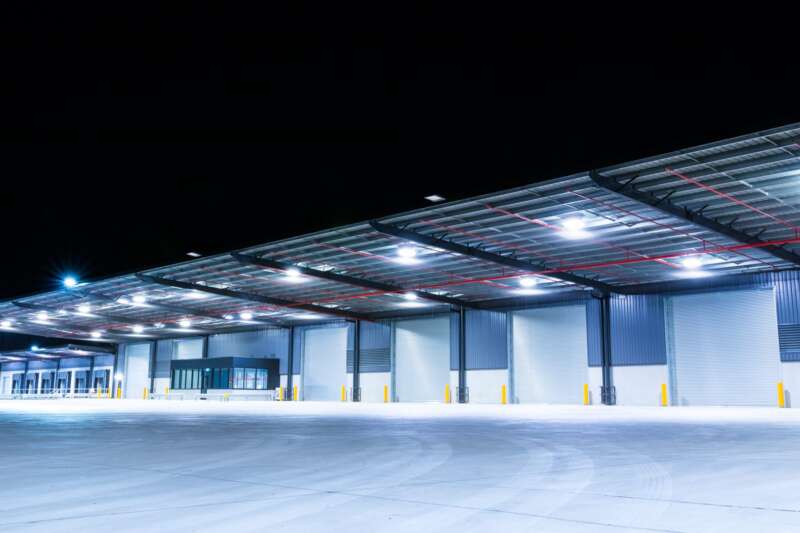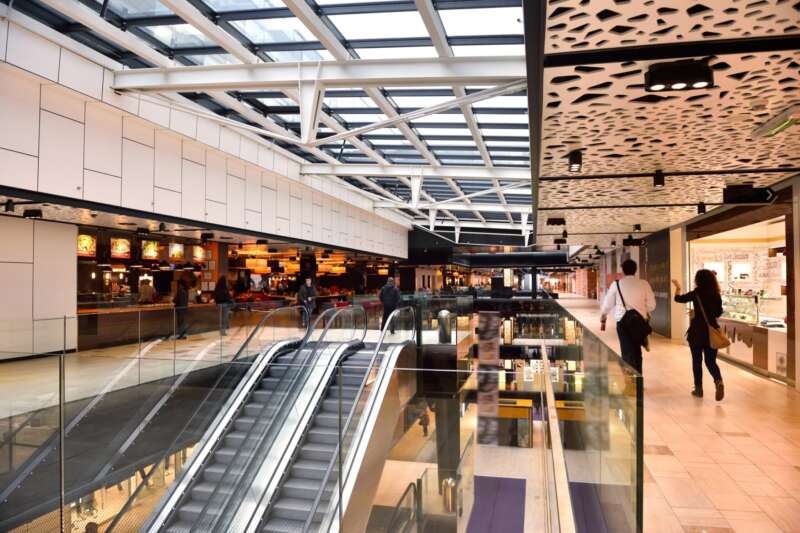Emergency Lights: Maintained and Non-Maintained
Whether it’s a power outage, a fire, or any kind of natural disaster, it’s critical that people in any kind of facility know how to evacuate to safety. Their path needs to be properly illuminated and they need to know how to get to the exits.
Public and private buildings around the world legally require an emergency lighting system in place. This includes government buildings, offices, schools, subways, theaters, retail stores, gymnasiums and sports stadiums.
Your typical emergency light comes supplied with a battery so that it will work when the main power has failed. They are typically used in tandem with exit signs to provide illumination to direct people to the exit of a building in the event of an emergency. Exit lights are normally located above doorways. They are set up to deliver lighting during a power outage and usually mounted in corridors, hallways, stairways, and exit doors.
One important distinction between emergency lights that is not well understood is whether they are maintained or non-maintained. We’ll walk you through it with this handy guide below.
Maintained
- Maintained emergency lights are always turned on, even when the normal power supply is working. They normally draw from the main power supply. If the power goes out, they will automatically switch to battery use.
- They are best used in public areas where occupants might not know the evacuation routes.
- They can be used for normal lighting and emergency lighting.
Non-maintained
- Non-maintained emergency lights are always turned off when the normal power supply is working. If the power goes out, they will automatically turn on and draw power from their battery.
- They are best used in areas where occupants will typically know the evacuation routes, such as in an office building.
- They are only used for emergency lighting, never for normal lighting.
Advantages of Each One?
Maintained advantages over non-maintained:
- They are more adaptable and have fewer components such as wiring and fittings.
- Less maintenance and routine testing are required.
- They are usually less expensive because they can be used for general lighting as well as emergency lighting. You don’t need to invest in two dedicated lines for a power outage.
- Exit points and escape routes are always lit, even when there is no power failure.
Non-maintained advantages over maintained:
- Non-maintained emergency lights use a lot less energy because they are not on all the time.
- They can be installed independently from the main lighting system and dedicated to emergency lighting only.
Fluorescent vs LED emergency lights: Which one is better?
Another option that should be considered with emergency lights is the type of light source to use. This normally comes down to fluorescent versus LED. Fluorescent lights are the more traditional choice whereas LED lights are a relatively newer technology.
LED emergency lights are the best option over fluorescent because:
- They use less energy.
- They last longer.
- They are more durable.
- They can be turned on/off without limits.
- They are easier to dim. The same LED chip can be used for normal and emergency lighting.








